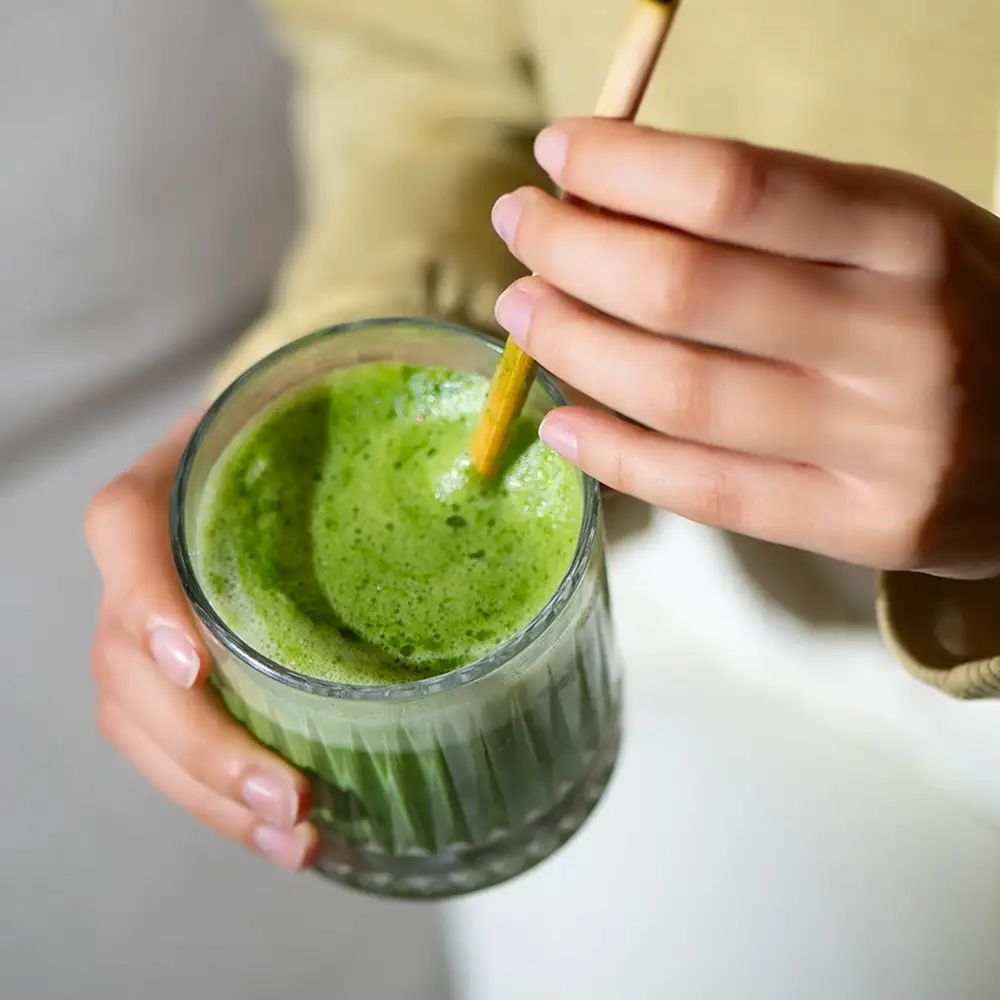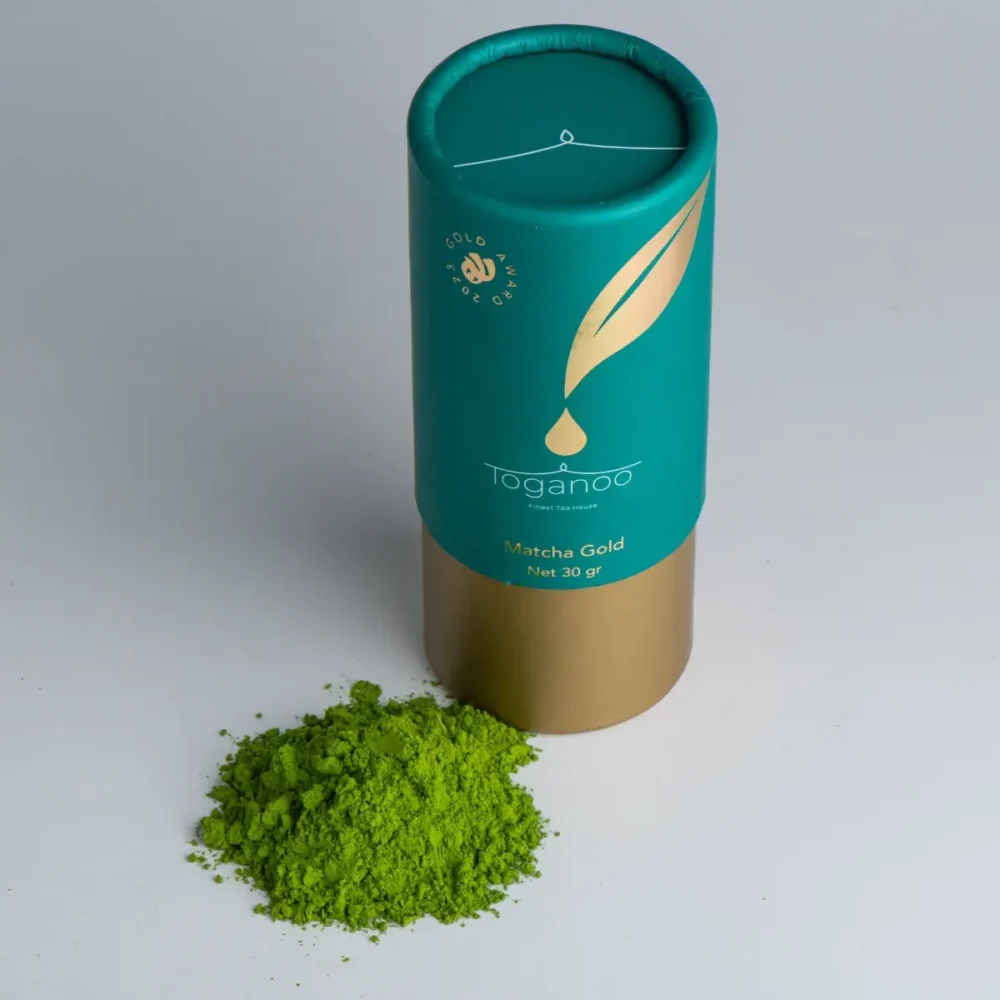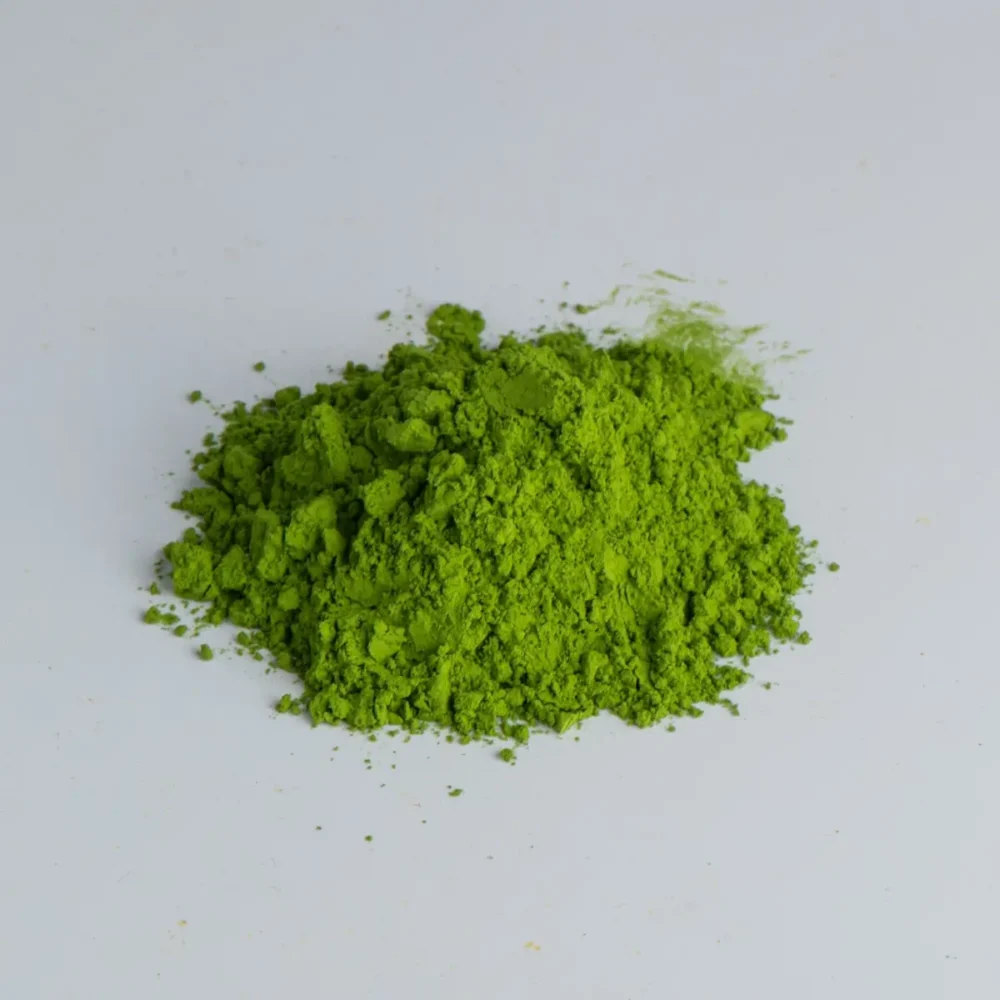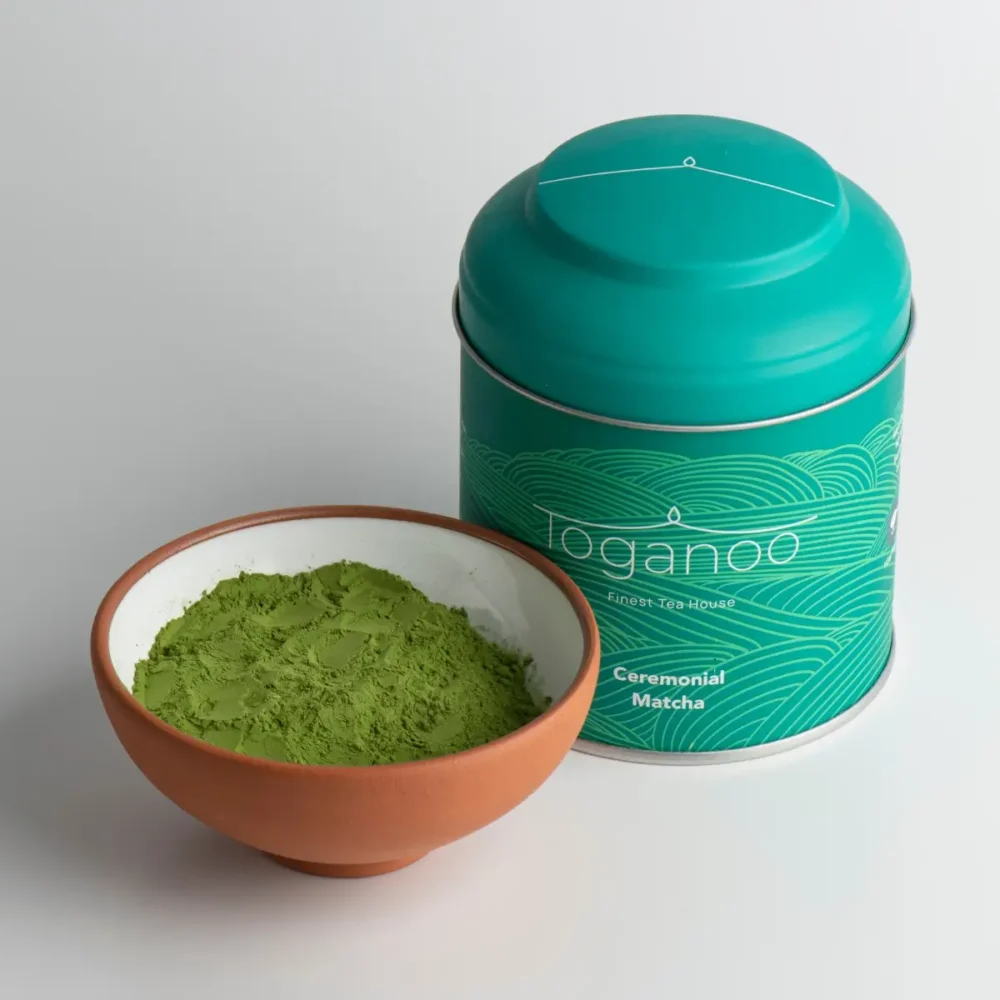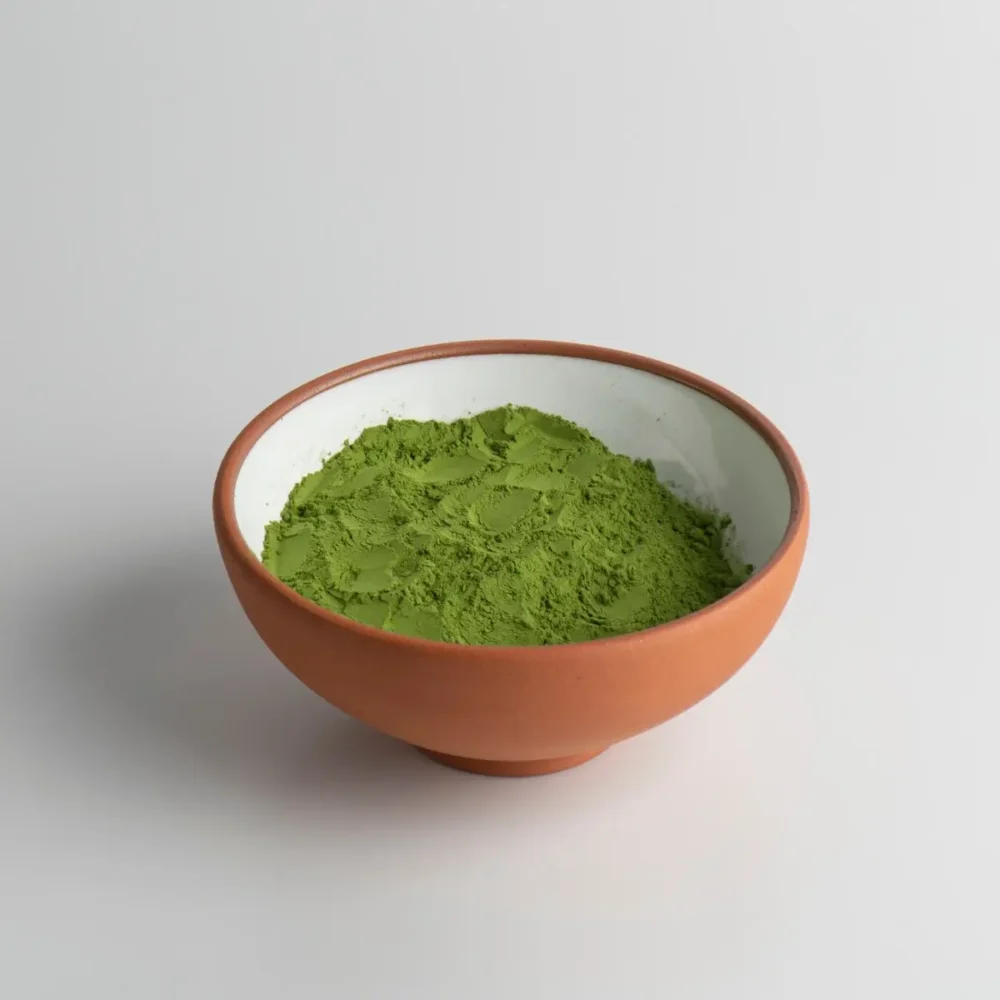Matcha, a special kind of green tea with roots in Japanese culture, is praised for its health benefits. With its vibrant green color, unique aroma, and rich nutritional content, matcha has become a favorite for many. In this post, we’ll explore the world of matcha by answering some of the most common questions about this remarkable tea. Let’s dive in and discover the secrets of matcha!
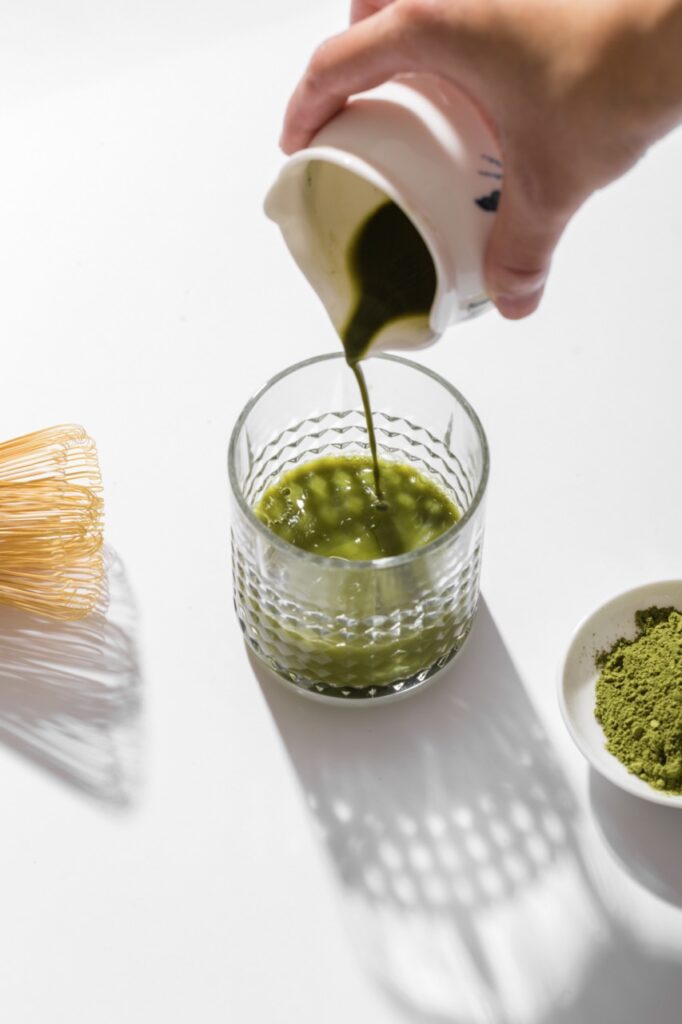
What is matcha tea?
Matcha is a type of green tea made from the leaves of the Camellia sinensis plant, which are ground into a fine powder. Thanks to its unique growing and processing methods, matcha is packed with antioxidants and offers a rich nutritional profile. Known for its bold flavor and bright green color, it also plays an important role in traditional Japanese tea ceremonies.
Where does matcha tea come from?
Matcha originated during China’s Tang Dynasty in the 8th century but became popular in Japan. In the 12th century, Zen Buddhist monks introduced it to Japan, where it was used to enhance meditation. Over time, matcha became a cultural symbol, especially in tea ceremonies developed by master Sen no Rikyū. Today, it’s an integral part of Japanese culture, enjoyed both traditionally and in modern settings.
How is matcha tea grown?
Matcha is grown using a special process. About three weeks before harvest, the tea plants are shaded from direct sunlight. This increases chlorophyll production, giving the leaves their bright green color and boosting the concentration of amino acids and nutrients. After harvest, the leaves are steamed, the stems and veins removed, and the remaining leaves are finely ground into a nutrient-rich powder.
How is matcha tea prepared?
Preparing matcha is simple and enjoyable. Traditionally, you’ll need a bamboo whisk (chasen), a tea sifter, a matcha bowl (chawan), and a bamboo scoop (chashaku).
To make matcha, sift about one teaspoon of the powder into the bowl, add hot water (around 70-80°C), and whisk vigorously until it becomes frothy on top.
What’s the difference between traditional matcha and instant matcha?
Traditional matcha offers superior flavor and health benefits compared to instant varieties. It’s made from higher-quality tea leaves, which results in a richer taste and greater nutritional value.
Can matcha help with weight loss?
Some studies suggest that matcha may help with weight loss by boosting metabolism and promoting fat burning. When paired with a balanced diet and regular exercise, it can be part of a healthy weight management routine.
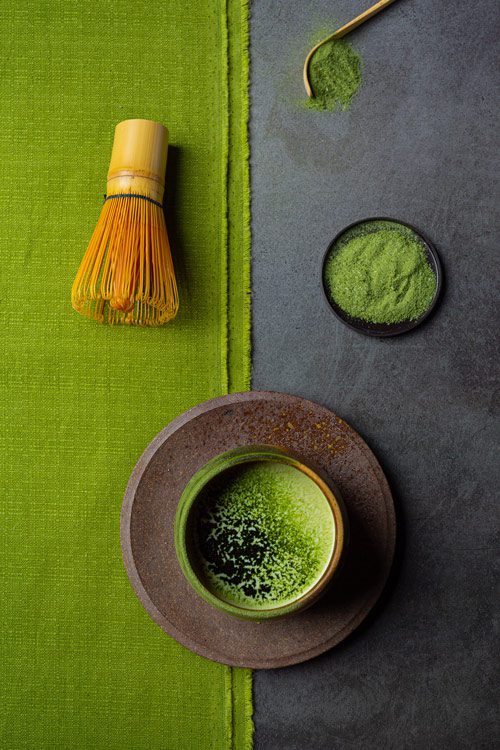
Is matcha good for your health?
Absolutely! Matcha has numerous health benefits, thanks to its high nutritional and antioxidant content:
- It’s rich in antioxidants, especially EGCG, which helps fight free radicals, preventing cell damage and slowing aging.
- It boosts metabolism, aiding in fat burning and weight management.
- It strengthens the immune system, helping fight off bacterial and viral infections.
Matcha promotes healthy skin by protecting it from free radical damage and enhancing collagen production. - It sharpens mental focus, concentration, and memory.
- It provides a calm, sustained energy boost to keep you alert throughout the day.
What should you look for when buying matcha?
When buying matcha, pay attention to its color and aroma. High-quality matcha has a bright, vibrant green hue. A yellowish color may indicate that the matcha is old or made from lower-quality leaves. Good matcha also has a fresh, sweet aroma and a slightly bitter taste.
How should matcha be stored?
To keep matcha fresh and flavorful, store it in an airtight container away from light and oxygen. Keep it in a cool, dry place like a pantry rather than the fridge to maintain its quality.
When is the best time to drink matcha?
Matcha’s energizing and focus-enhancing properties make it ideal for mornings or early afternoons. Many people enjoy it as a coffee alternative, but it can be enjoyed at any time of day based on personal preference.
How much matcha should you drink per day?
For most people, 1-2 cups of matcha per day is enough to enjoy its benefits without overloading on caffeine. Everyone’s sensitivity to caffeine varies, so adjust your intake to match your personal tolerance and health needs.
Are there any side effects of drinking matcha?
Matcha’s side effects are mostly related to its caffeine content. Drinking too much may cause insomnia or restlessness in some people. If you’re sensitive to caffeine, be mindful of your intake and consult your doctor if necessary.
Can you drink matcha during pregnancy?
It’s important to monitor caffeine intake during pregnancy, so always consult your doctor before consuming matcha or other caffeinated drinks while pregnant.
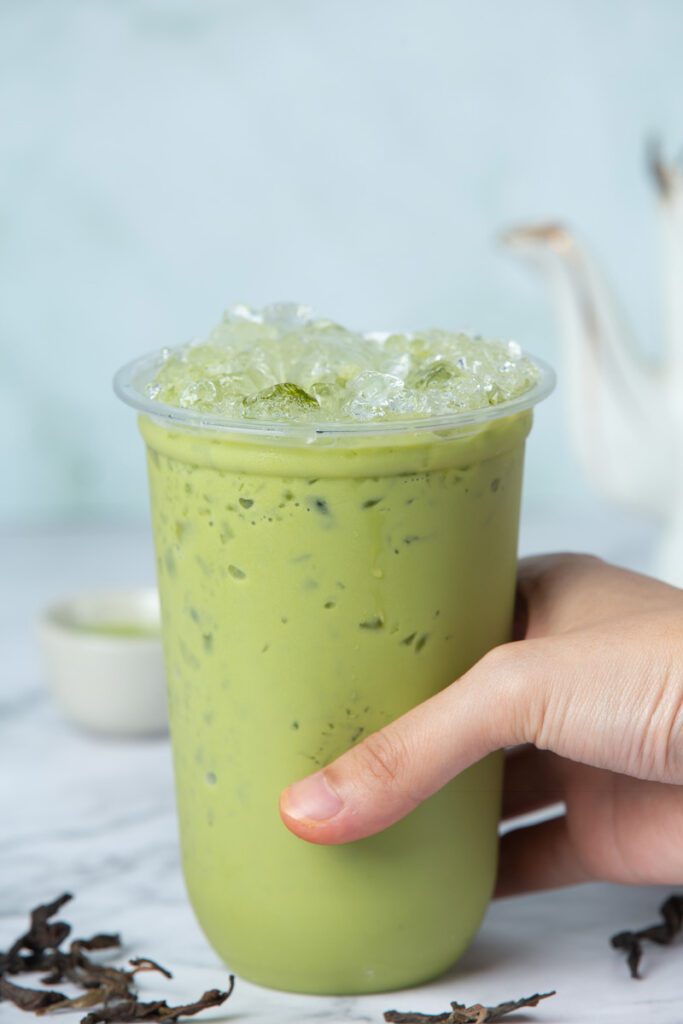
What’s the difference between traditional and instant matcha?
Traditional matcha is made by carefully grinding shaded tea leaves into a fine powder using stone mills, resulting in a high-quality product with rich flavor. Instant matcha is usually made from lower-grade leaves and is processed more quickly, which can reduce both the flavor and nutritional value. Traditional matcha offers a purer, more authentic taste.
What are the benefits of drinking matcha instead of coffee?
Matcha provides a steady, calm energy due to its balanced caffeine content and high levels of L-theanine, which promotes relaxation without causing drowsiness. Additionally, matcha’s antioxidant and nutrient content makes it a healthier option for maintaining energy and focus throughout the day.
Have You Tried Toganoo’s Matcha?
With its rich nutritional content and unique flavor, matcha is more than just a drink—it’s a gateway to a healthier lifestyle. If you want to experience the benefits of traditional matcha, we invite you to try Toganoo. Discover the difference in quality and enjoy a healthier, more balanced life with every sip! Read more about matcha: https://toganoo.com/kategori/matcha-cayi/
-
Matcha Gold
890.00 ₺ -
Ceremonial Grade Matcha
5 üzerinden 5.00 oy aldıTükendi


